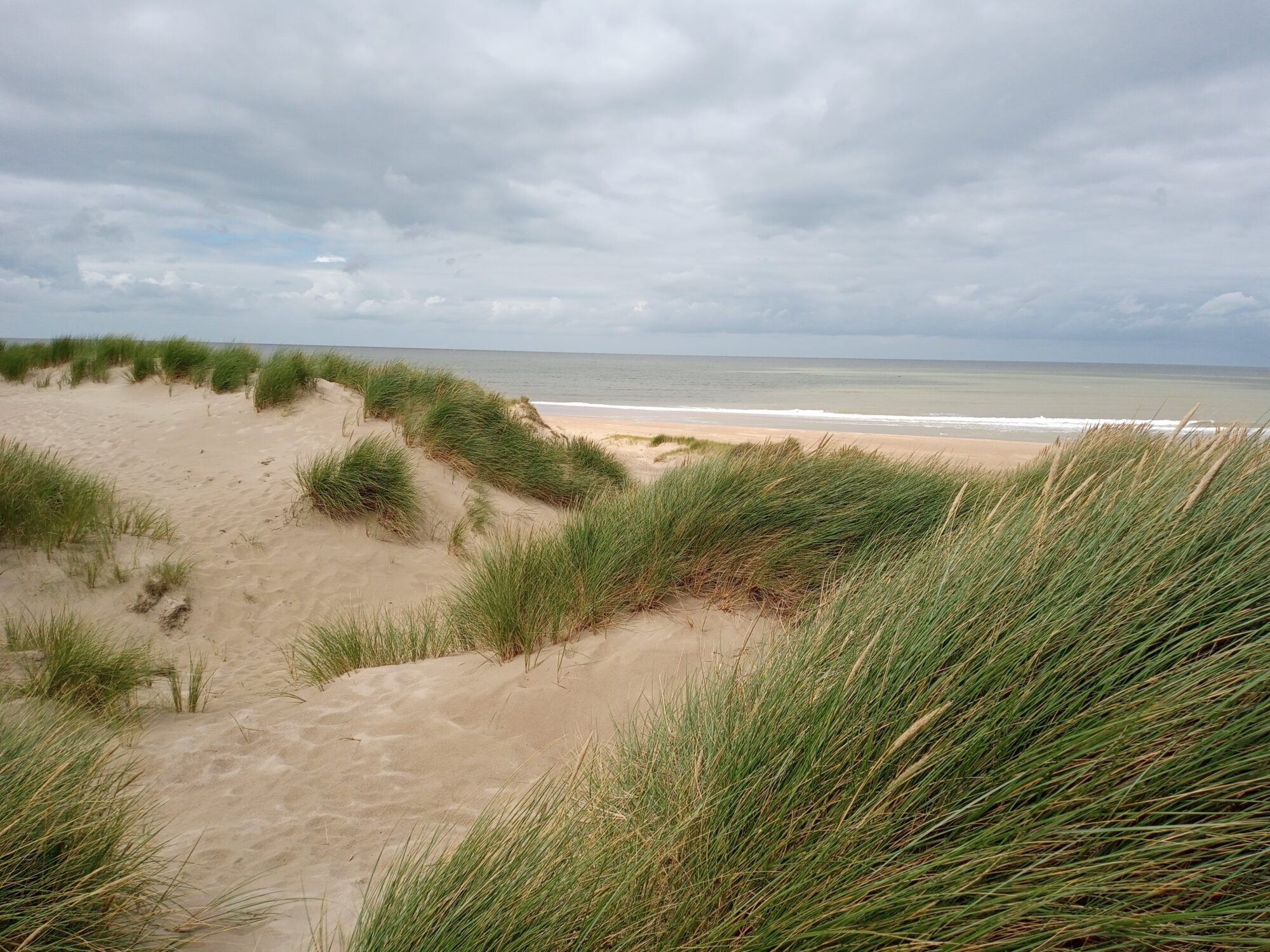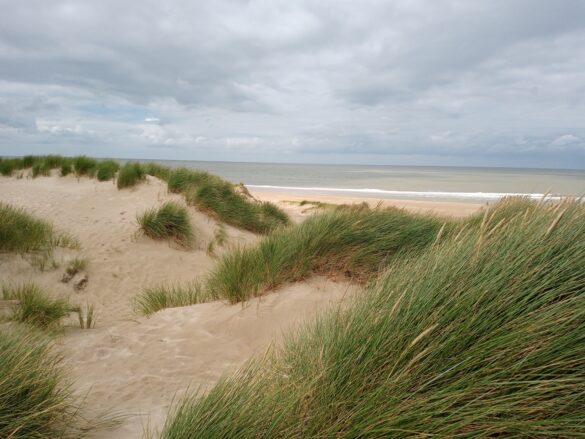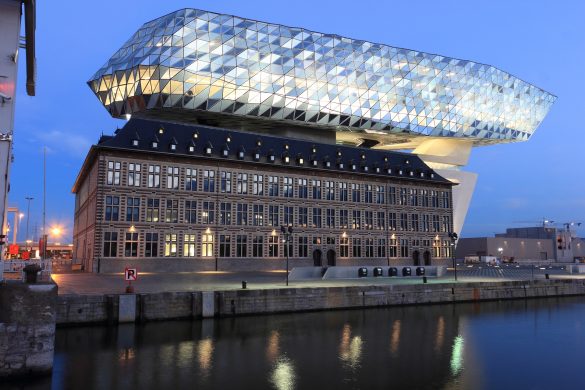The Flemish Government launched its Coastal Vision Plan, a pioneer initiative in Europe with the aim of safeguarding the Flemish coast against a potential 3 meters rise in sea levels. The government is planning to keep its coast protected over the next 100 years, making Flanders a pioneer in Europe in long-term protection of its coast and hinterland from the sea level rise.
Climate change is causing global sea levels to rise due to a warmer atmosphere, melting ice caps, and rising sea levels. In response, the Flemish government has developed the Coastal Vision Plan, a long-term strategy that builds on the ‘Coastal Safety Master Plan’ from 2011. The ‘Coastal Safety Master Plan’ outlined a series of measures to protect the coast against a sea level rise of up to 30 centimeters and to safeguard the coastal region against a 1,000-year storm, until 2050.
The new ‘Coastal Vision Plan’ looks further ahead, up to +3 meters of sea level rise, outlining how to adapt and reinforce the Flemish coastline, ensuring safety and resilience well into the next century. At the heart of the plan is a coastal protection ribbon – a strategic zone that runs the entire coastline from the French to the Dutch border, including four coastal ports.
Within this ribbon, future coastal protection measures will be developed in a way that ensures safety without compromising the region’s natural beauty, economic potential, and quality of life. But the Coastal Vision is “more than coastal protection”, as mentioned in the Department of Mobility and Public Works Coastal Vision Strategic Policy Plan. It also offers opportunities for, among other things, nature, economy, sports and tourism.
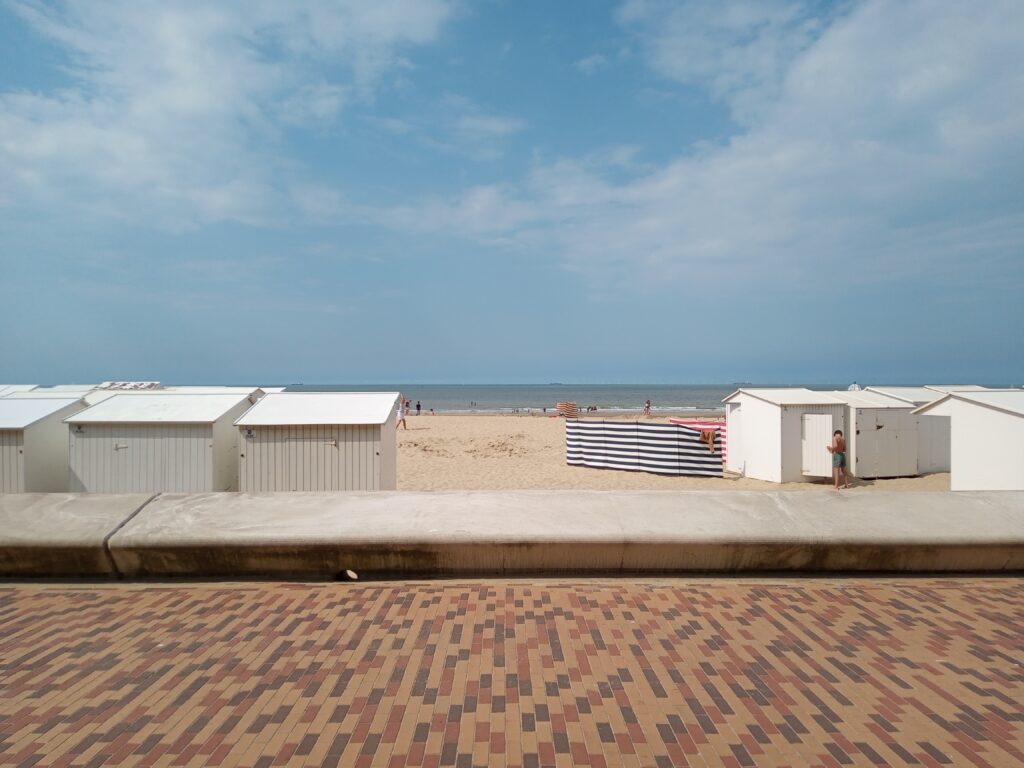
Protecting the coast while improving the quality of coastal communities
While the primary goal of the ‘Coastal Vision Plan’ is protecting the Flemish coast against sea level rise, the plan also seeks to combine coastal protection with opportunities for recreation, nature, and local development, as a way to safeguard the future without compromising the quality of life of communities and by respecting the unique character and function of each coastal port.
Protecting beach and port zones against a sea level rise of +1, +2 and +3 meters poses particular challenges. Traditional approaches, such as nourishing beaches with sand and raising storm walls, will not be enough. We will also need higher and wider dunes and dikes in beach zones, and higher quays, storm surge barriers or locks in ports, combined with big pumps to evacuate canal and river water to the sea. To address these challenges, the Flemish administration explains that protection will no longer focus on a coastal protection ‘line’, but on a much wider coastal protection ribbon – a zone where future protection measures can be integrated in harmony with local needs.
“In Coastal Vision we are working with a coastal protection ribbon: a zone within which future coastal protection measures can be built with quality. And in which we take into account the needs of all actors.” At the beaches the ribbon provides therefore enough space to ‘move’ the beaches in the future – in one big step or smaller steps through time – about 100 meter seaward. This will create extra space between the existing buildings and the beach for higher and wider dunes or dikes, which can combine coastal protection with extra opportunities for economy, recreation and nature.
Coastal Vision is a strategic policy plan, which sets out ‘the big lines’ for the future, at the same time offering as much “freedom as possible for future generations”.
A collaborative effort to protect the coastline
The ‘Coastal Vision Plan’ is the result of intensive co-creative collaboration with all the stakeholders on and around the Flemish coast, in particular, with more than 100 Flemish stakeholders, France and The Netherlands, coastal mayors, the provincial governor, and the responsible Flemish and federal ministers. Each of these stakeholders has helped to shape Coastal Vision according to their own vision and needs – an example that shows how long-term thinking and cross-border collaboration are essential to building resilient coastal regions – including in cross-border areas.
By sharing expertise and collaborating between regions, The Flemish Government aims to implement a Coastal Vision that takes climate change and sea level rise assessments into account, always looking at a continued collaboration as an essential part of the Plan.
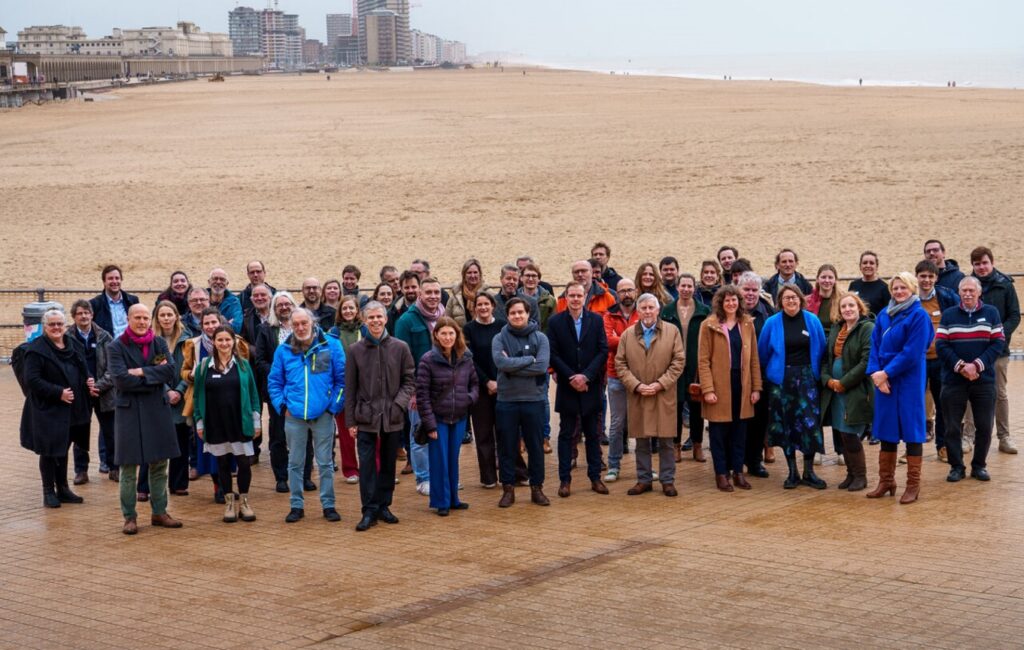
The cost of not acting against climate change
The Flemish government has long recognised that the potential consequences of climate change for local coastal communities and regions could be devastating:
“If we do nothing, the consequences will be severe. Buildings at risk, people at risk but also the coastal economy at risk. The survival of our four coastal ports that will be threatened as will all activities in the tourism and recreation sector. Not to mention the hinterland with its numerous residents, vast agricultural polders and nature reserves. Looking to the future, Coastal Vision is the most promising strategy to protect us from sea level rise in the long term”, as stated in the Coastal Vision Strategic Policy Plan.
Looking ahead, the Flemish Coastal Vision Plan offers a sustainable solution to protect against long-term sea level rise, serving as an essential insurance to keep Flanders dry, without sacrificing land and ensuring that both present and future generations can enjoy the coast with confidence.
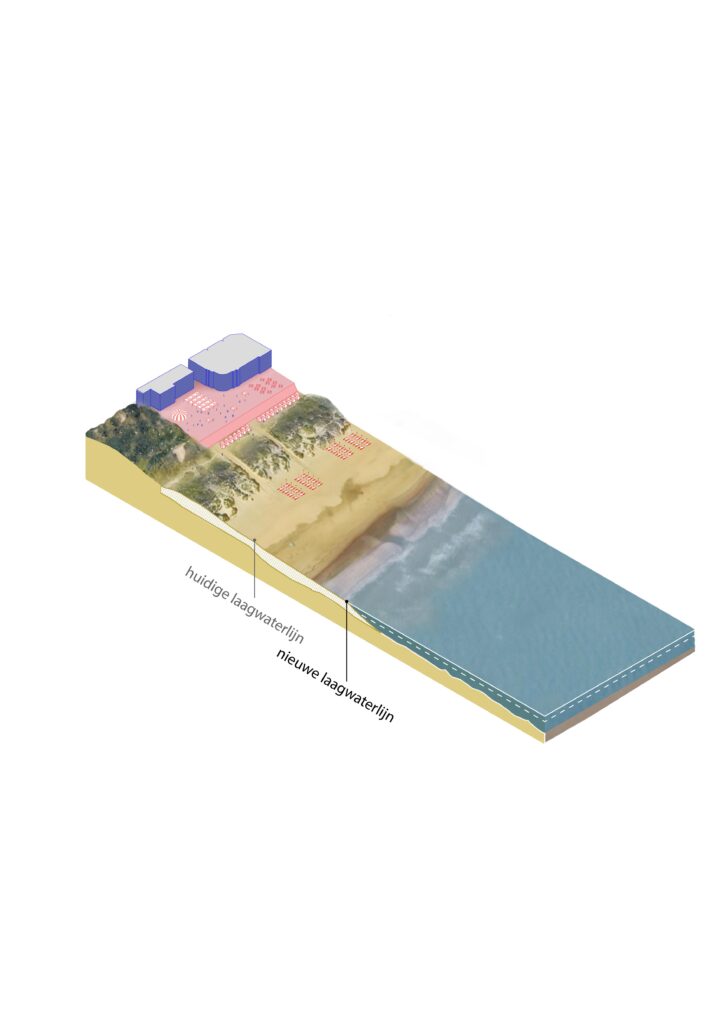
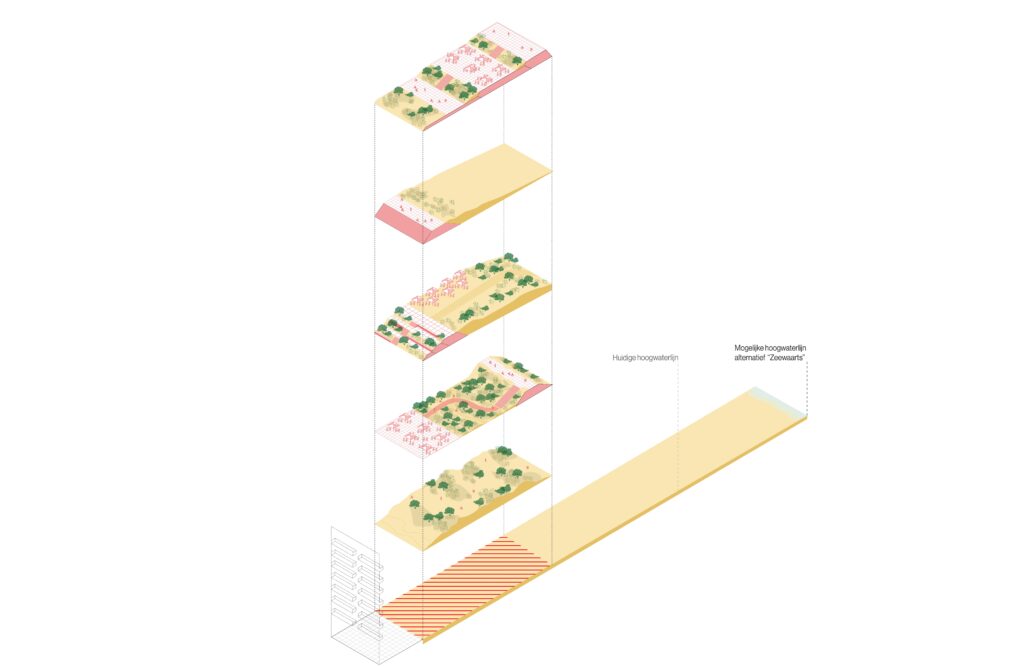
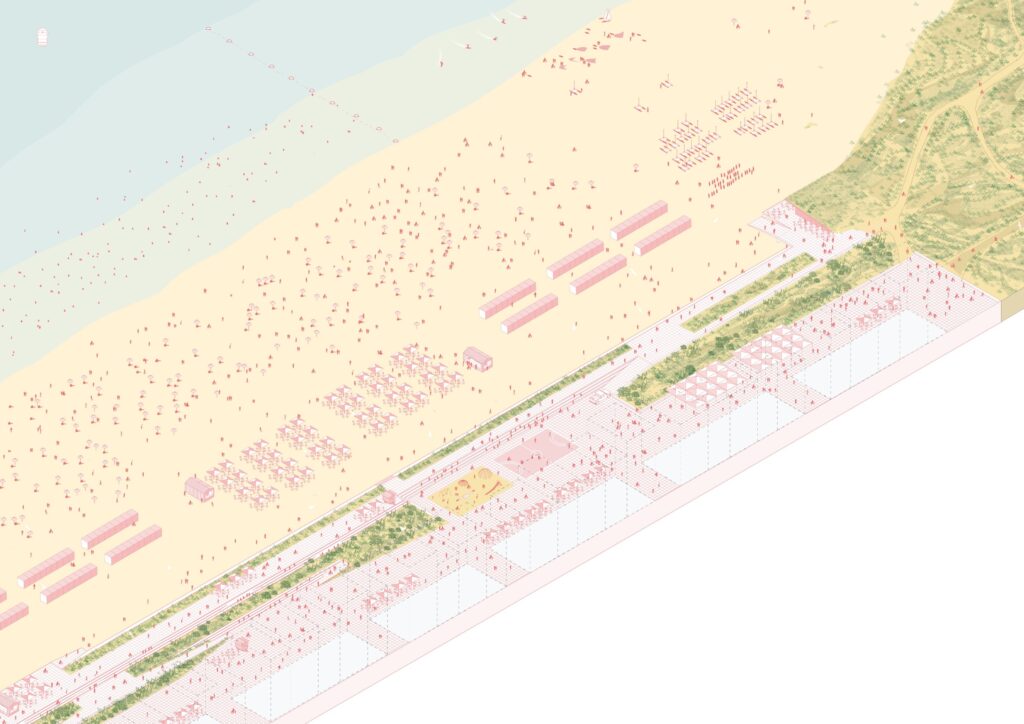
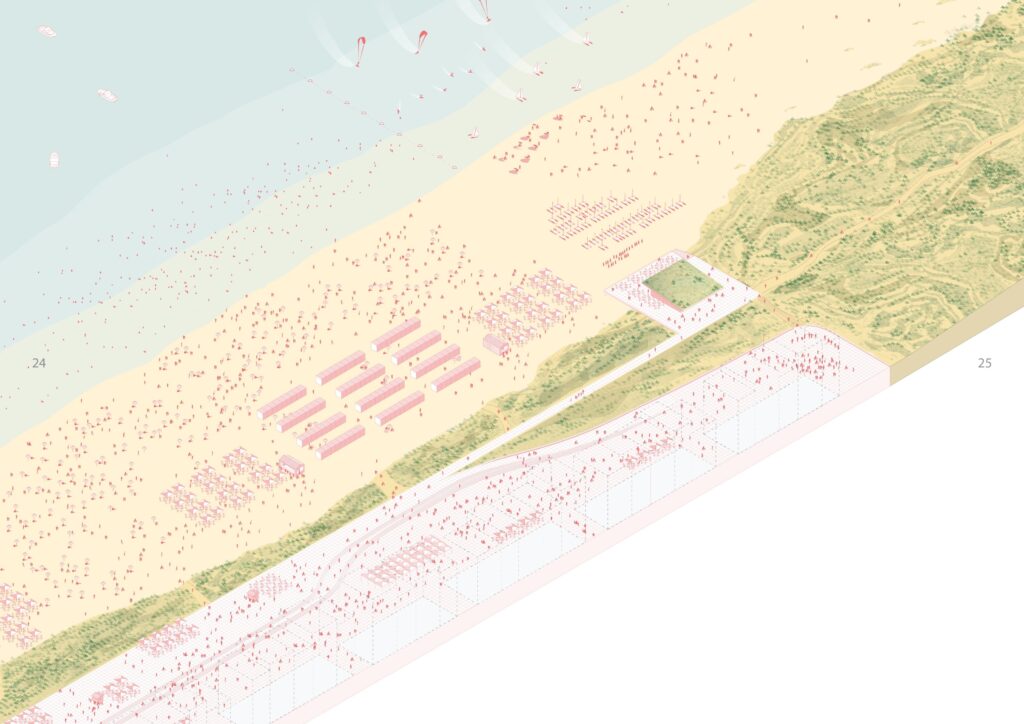
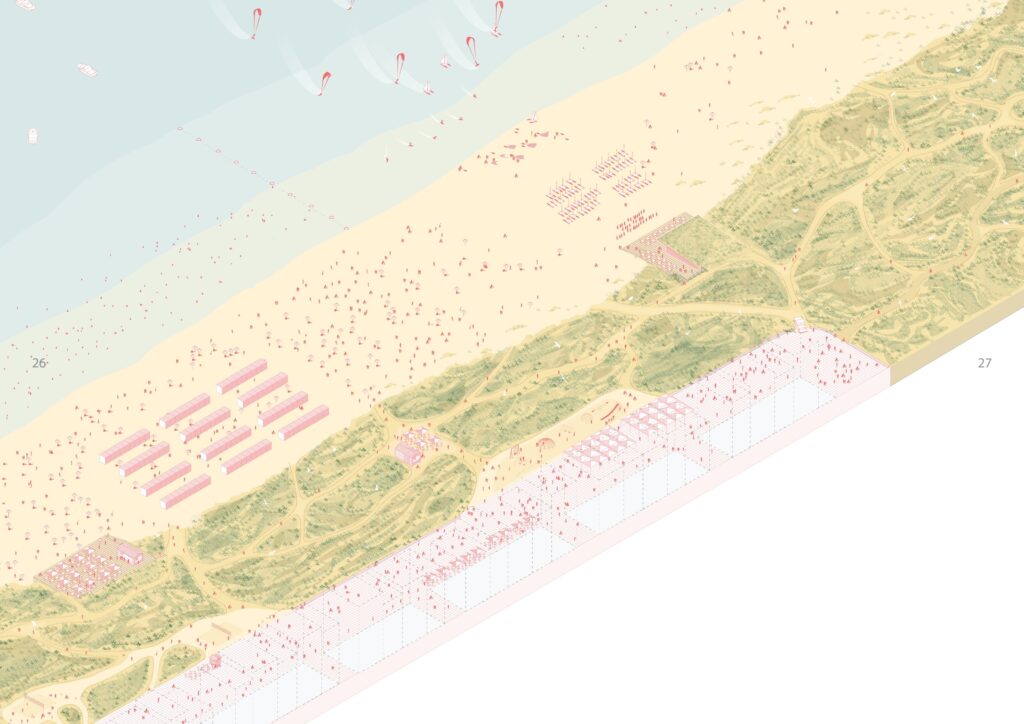
More information at: www.vlaanderen.be/en/mobility/flanders-together-in-motion/the-flemish-coastal-vision
About #RegionsVoice: In 2019, Regions4 launched the global campaign #RegionsVoice in a collective effort to bring the voice of regional governments to the major events and negotiation processes in sustainable development within the UN. The aim of the campaign is to ensure the visibility and wider recognition of the role of regional governments in sustainable development, by elevating both individual and collective messages and engaging with a wider audience during the UN Decade of Action.
